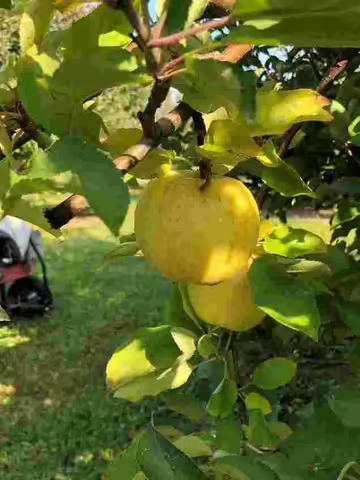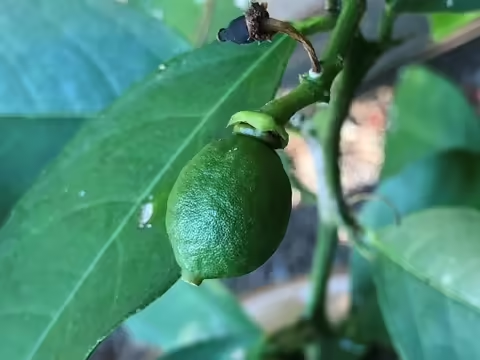When it’s below freezing outside, I have the option of just coming inside where it’s warm. Plants on the other hand can’t, so instead have evolved amazing adaptations over millennia to survive prolonged sub-freezing temperatures. Plants definitely differ in how much cold they can take, so ratings based on the USDA cold hardiness zone map are a good resource to avoid planting a species that won’t survive the winter. My garden is located in USDA hardiness zone 6a, which means to survive outside without added protection from me, plants need to be able to withstand a winter low of ‑10°F.
There are any number of adaptions plants have developed to survive sub-freezing temperatures, and probably the first that comes to mind is dormancy. Dormancy is an adaptation used by many plants to conserve resources and survive winter weather extremes by entering in to a period of rest or metabolic inactivity. Dormancy does not occur like an “on” or “off” switch, but is a slow acclimation process that is triggered by shortening day lengths and cooling temperatures in the fall, followed by an equally slow deacclimation process in the spring as day lengths increase and temperatures warm. While there are a lot of metabolic changes going on internally, external visual cues include fall coloring and the eventual dropping of leaves in deciduous plants; thus eliminating what would be a major loss of moisture through leaves and also reclaiming nutrients from leaves for winter storage. Somewhat like pulling back to a safe retreat for the winter. Herbaceous perennials are similar in that many completely top kill or greatly reduce in size in preparation for winter.
When fully dormant, a plant is able to withstand much lower temperatures compared to when actively growing. This explains why an early spring warmup followed by freezing weather can be so damaging to plants. The warming trend can trigger the deacclimation process if other requirements have been met, thus increasing the plants sensitivity to temperatures below freezing because it is no longer completely dormant. In the same vain, exposure to sub-freezing temperatures before a plant is fully dormant in the fall can result in tissue damage or death. What is not visible to us from the outside are all the changes at the genetic and cellular level, including some plants’ ability to move water out of cells into the extracellular spaces, where when it freezes, doesn’t do as much damage; or the ability to produce compounds that act like “antifreeze” within the plant.
Unfortunately my failure to heed the limit for which a particular plant is adapted is probably the main cause of past plant deaths in my garden. Like grass being greener on the other side of the fence, I just knew I could grow plants rated just slightly out of my hardiness zone, most especially 6b or 7a, or plants adapted to a less-hot summers. That’s pretty much in the past. All it takes is one winter day, like in 2014 where temperatures in the area dropped to at least -14°F, to pretty much eliminate any delusional hope on my part of growing a Zone 7 plant outdoors. I have also given up growing plants that require a cool site; that micro-climate just doesn’t exist in my garden once summer heat and humidity hits, even in full shade. The American Horticultural Society has created a heat zone map based on the number of days temperatures are expected to climb over 86°F. Out of the 12 zones, my garden is in zone 7…meaning 60 to 90 days above 86°F. For plant sellers who include this information, it is usually the second range of numbers, following the range for cold hardiness. I have been successful with a few adaptations. I have a rain garden for plants that like wet and I have a crevice/rock garden for plants that require sharp drainage. And to be honest, there are so many beautiful and useful plants suited to my garden, there really is no need to borrow trouble by trying to grow plants not adapted to my winter lows or summer heat and humidity.


